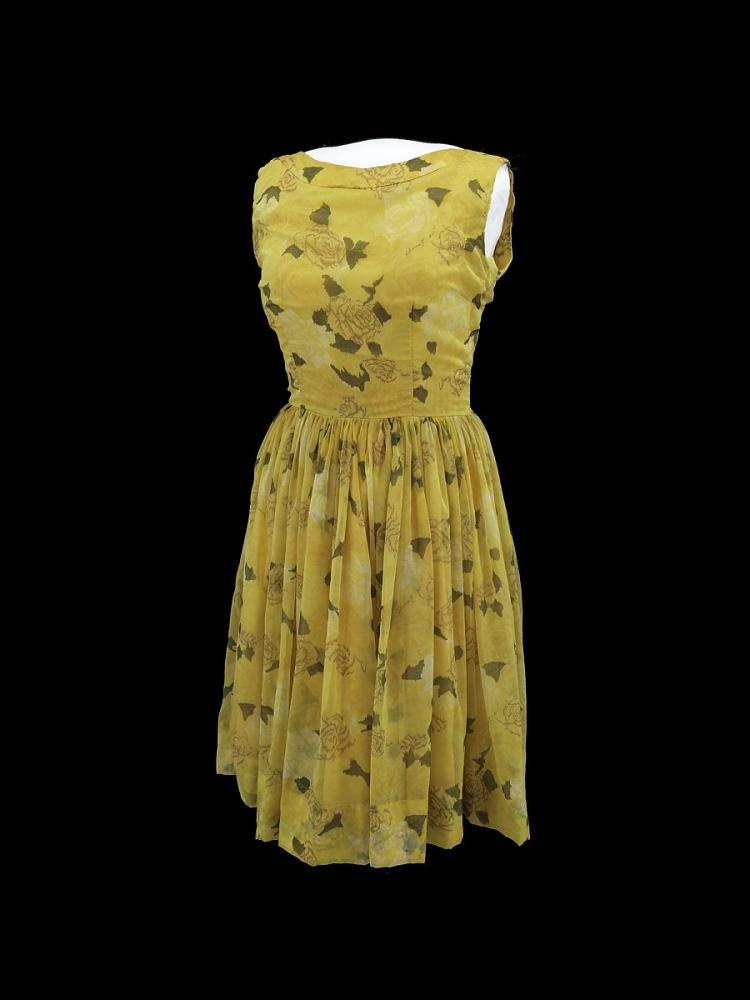As COVID-19 deaths spiked in 2020, Suzanne Firstenberg’s public art installation "In America: How could this happen…"
Museum Artifacts

Grade Range:
K-12
Resource Type(s):
Artifacts, Primary Sources
Date Posted:
11/6/2008
This lithograph illustrates the chaos and conflict engulfing northern Mexico during the years of the Mexican-American War from 1846-1848. In these years the United States organized an Army of Occupation, initially led by General Zachary Taylor, to capture cities like Monterrey in preparation for

Grade Range:
K-12
Resource Type(s):
Artifacts, Primary Sources
Date Posted:
10/27/2008
Andreas Vesalius (1514–1564), an early European physician and professor of medicine, wrote an important treatise on the human body, published in 1543. He provided detailed illustrations that demonstrated muscle structure and other features of human anatomy, based on his work dissecting cadavers

Grade Range:
5-12
Resource Type(s):
Artifacts, Primary Sources
Date Posted:
6/10/2009
By the late 19th century, the United States had established itself as a world leader in the area of civil engineering. Perhaps no project better symbolized America's technical prowess than the awe-inspiring Brooklyn Bridge, which connected the nation's largest and third largest cities—New York

Grade Range:
5-12
Resource Type(s):
Artifacts, Primary Sources
Date Posted:
6/10/2009
By the time they broke with England, the thirteen American colonies had been issuing paper currency for nearly a century. Both they and the loose central government they set up under the Articles of Confederation to oversee matters of common concern would continue to do so throughout the War of I

Grade Range:
K-12
Resource Type(s):
Artifacts
Date Posted:
4/4/2016
This single reversible right and left plow model is part of a large collection of model plows that were transferred from the Department of the Interior to the U.S. National Museum in 1910. In 1952, curator Edward C. Kendall researched the model plows and desired to catalog and identify the typolo

Grade Range:
K-12
Resource Type(s):
Artifacts
Date Posted:
4/16/2018
The glass ballot jar became a symbol of democratic self-government. This 1884 glass ballot jar is typical of the transparent devices used to secure paper ballots.

Grade Range:
K-12
Resource Type(s):
Artifacts, Primary Sources
Date Posted:
9/2/2020
This yellow, floral patterned tea length patterned dress was worn by Minnijean Brown during the Spingarn Award Ceremony in 1958. The Spingarn Medal is a gold medal that has been awarded annually since 1915 by the NAACP. According to the NAACP, the purpose is “to call the attention of the American

Grade Range:
K-12
Resource Type(s):
Artifacts, Primary Sources
Date Posted:
9/3/2020
Mr. Lee only wore these slippers in his home or with his traditional Chinese clothes on special occasions. The slipper sole was thick, flat, inelastic, and shorter than the upper sole to give enough spring for walking. For much of his early life, the Chinese New Year was Lee’s only day of rest fro

Grade Range:
K-12
Resource Type(s):
Artifacts, Primary Sources
Date Posted:
1/29/2009
Arthur Ashe (1943-1993) bought this Head tennis racket in 1975 and used it in competitions including Wimbledon and the Davis Cup. When he began his career in 1955, he was challenged by racial prejudice. But the young man from Richmond. Virginia, broke down these barriers, becoming a Grand Slam to

Grade Range:
K-12
Resource Type(s):
Artifacts, Primary Sources
Date Posted:
9/17/2009
This intricate handmade lace baby cap dates from the turn of the 20th century and was probably worn for a baby's christening. The baptism of newborns is both a religious and a social ceremony, strengthening ties among members of a community. Compadrazgo, the special relationship between



















